Aqueous Two-phase System
Aqueous two-phase system. Svensson M1 Berggren K Veide A Tjerneld F. 12 rows Aqueous two-phase systems ATPSs are a promising downstream separation technology in the. Methods and Protocols Rajni Hatti-Kaul and her expert coauthors combine theory methodology and applications in a practical collection of easily reproducible protocols for bioseparations in aqueous two-phase systems ATPS.
Aqueous two-phase systems ATPSs consisting of two immiscible water-rich phases have received great attention due to their fundamental and practical significance. While ultracentrifugation and microfluidic devices have been combined with ATPS to facilitate the separation of biomolecules and achieve high recovery yields they often lack the ability to effectively isolate and separate. Accurate disease diagnosis patient stratification and biomarker validation require the analysis of multiple biomarkers.
Among these aqueous two-phase systems ATPS were proposed as alternatives liquid-liquid extraction LLE pro-cessesfortheseparationofbiologicalproductsATPSwerediscoveredbyBeijerinck in1896whoobservedthatamixtureofgelatinagarandwatercancreateabiphasic system 1. Aqueous two phase system ATPS is a liquid liquid extraction method which employs two aqueous phases having applications in the field of biotechnology for the separation and purification of biological materials such as proteins enzymes nucleic acids virus antibodies and cell organelles. Aqueous two-phase systems ATPSs have been recognized for their applications in extraction separation purification and enrichment of biomolecules and cells.
Recently their unique ability to create aqueousaqueous interfaces through phase separation and the characteristics of these interfaces have created new opportunities in biomedical. ATPSs are comprised of two water-rich phases and are therefore excellent candidates for hosting or implantation within biological systems. Aqueous two-phase system ATPS is a liquid-liquid fractionation technique and has gained an interest because of great potential for the extraction separation purification and enrichment of proteins membranes viruses enzymes nucleic acids and other biomolecules both in industry and academia.
Aqueous two-phase system ATPS is a liquid-liquid fractionation technique and has gained an interest because of great potential for the extraction separation purification and enrichment of proteins membranes viruses enzymes nucleic acids and other biomolecules both in industry and academia. The use of aqueous two-phase systems for the partitioning of macromolecules organelles and cells was originally developed by Per-Ake Albertsson in Sweden in the mid-fifties 1-3. A demonstration of the integrative process for cell clarification and capture of monoclonal antibodies mAbs using Aqueous Two-Phase Systems ATPSWebsite.
These systems were initially applied to separations of plant organelles and viruses but their use has now extended into most areas of cell biology and biochemistry 45. 17 The formation of ATPSs is closely related to the aggregation states of solutes in water 1814 and research on their nature can thus deepen the understanding of aggregation phenomena in solution. Theory Methods Uses and Applications to Biotechnology is a collection of papers that discusses the applications of aqueous two-phase systems to problems of separation and extraction of macromolecules organelles and cells.
Extractseparate solutes from a liquid phase. Aqueous two-phase systems containing self-associating block copolymers.
The protocols range from established methods to cutting-edge techniques with potential.
Aqueous mixtures of two polymers that demix to form two phases termed aqueous two phase systems ATPSs. Although the partition behavior involved in. Partitioning of hydrophilic and hydrophobic biomolecules. In Aqueous Two-Phase Systems. Aqueous two phase system ATPS is a liquid liquid extraction method which employs two aqueous phases having applications in the field of biotechnology for the separation and purification of biological materials such as proteins enzymes nucleic acids virus antibodies and cell organelles. However after more than seven decades of research ATPS are still a major academic curiosity without their wide acceptance and implementation by industry leading to the question whether ATPS should be. Accurate disease diagnosis patient stratification and biomarker validation require the analysis of multiple biomarkers. Methods and Protocols Rajni Hatti-Kaul and her expert coauthors combine theory methodology and applications in a practical collection of easily reproducible protocols for bioseparations in aqueous two-phase systems ATPS. Among these aqueous two-phase systems ATPS were proposed as alternatives liquid-liquid extraction LLE pro-cessesfortheseparationofbiologicalproductsATPSwerediscoveredbyBeijerinck in1896whoobservedthatamixtureofgelatinagarandwatercancreateabiphasic system 1.
Aqueous two phase system ATPS is a liquid liquid extraction method which employs two aqueous phases having applications in the field of biotechnology for the separation and purification of biological materials such as proteins enzymes nucleic acids virus antibodies and cell organelles. Aqueous two-phase systems ATPSs consisting of two immiscible water-rich phases have received great attention due to their fundamental and practical significance. Aqueous two phase system ATPS is a liquid liquid extraction method which employs two aqueous phases having applications in the field of biotechnology for the separation and purification of. Theory Methods Uses and Applications to Biotechnology is a collection of papers that discusses the applications of aqueous two-phase systems to problems of separation and extraction of macromolecules organelles and cells. Among these aqueous two-phase systems ATPS were proposed as alternatives liquid-liquid extraction LLE pro-cessesfortheseparationofbiologicalproductsATPSwerediscoveredbyBeijerinck in1896whoobservedthatamixtureofgelatinagarandwatercancreateabiphasic system 1. While ultracentrifugation and microfluidic devices have been combined with ATPS to facilitate the separation of biomolecules and achieve high recovery yields they often lack the ability to effectively isolate and separate. ATPSs are comprised of two water-rich phases and are therefore excellent candidates for hosting or implantation within biological systems.


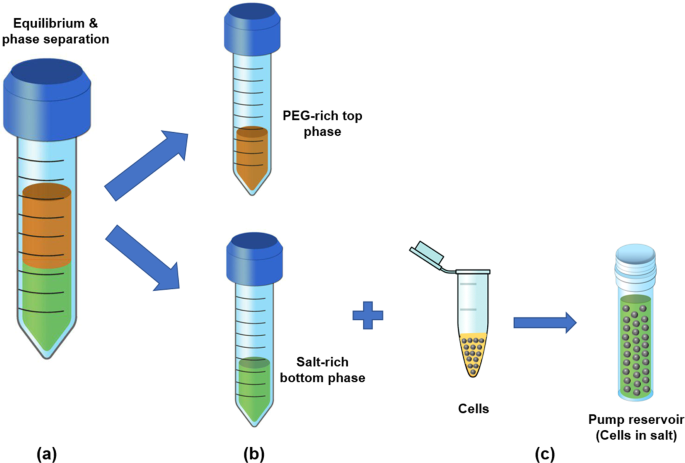


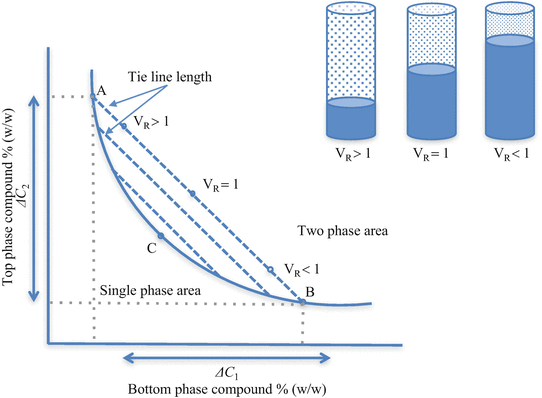
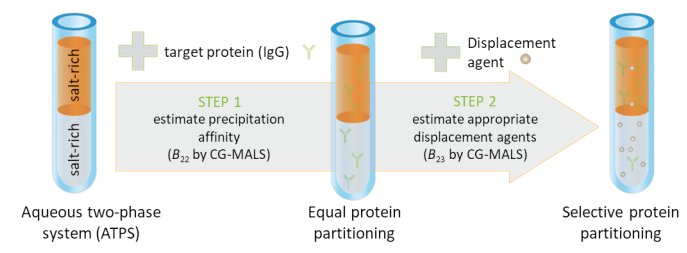



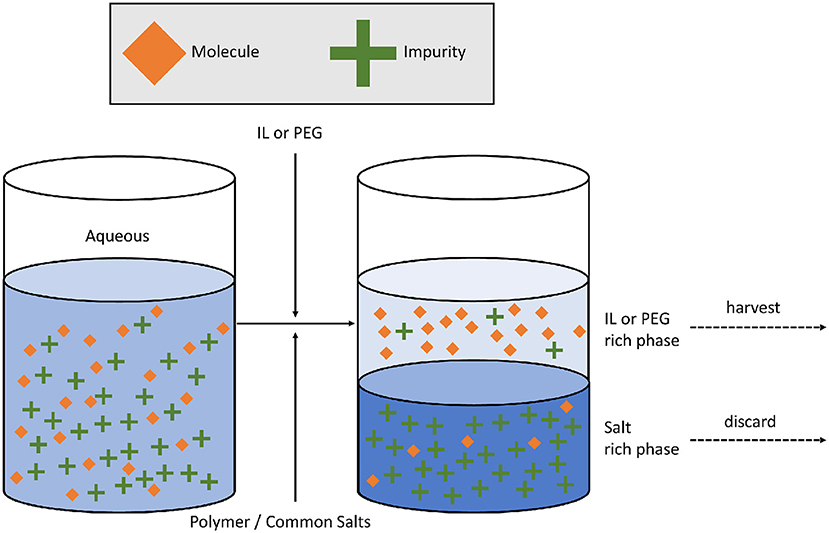
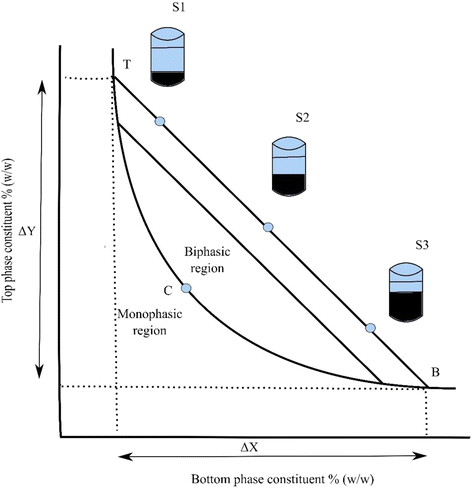
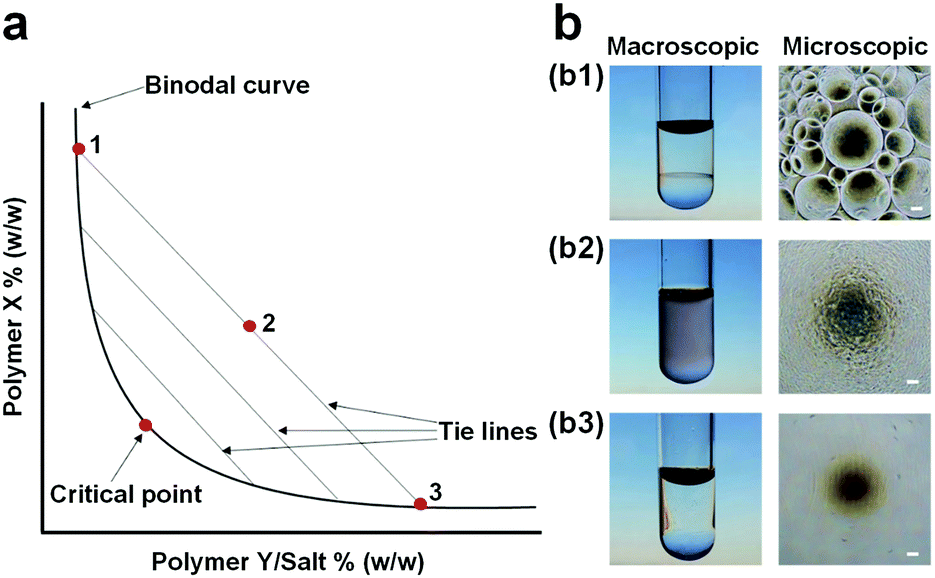







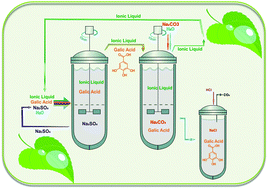
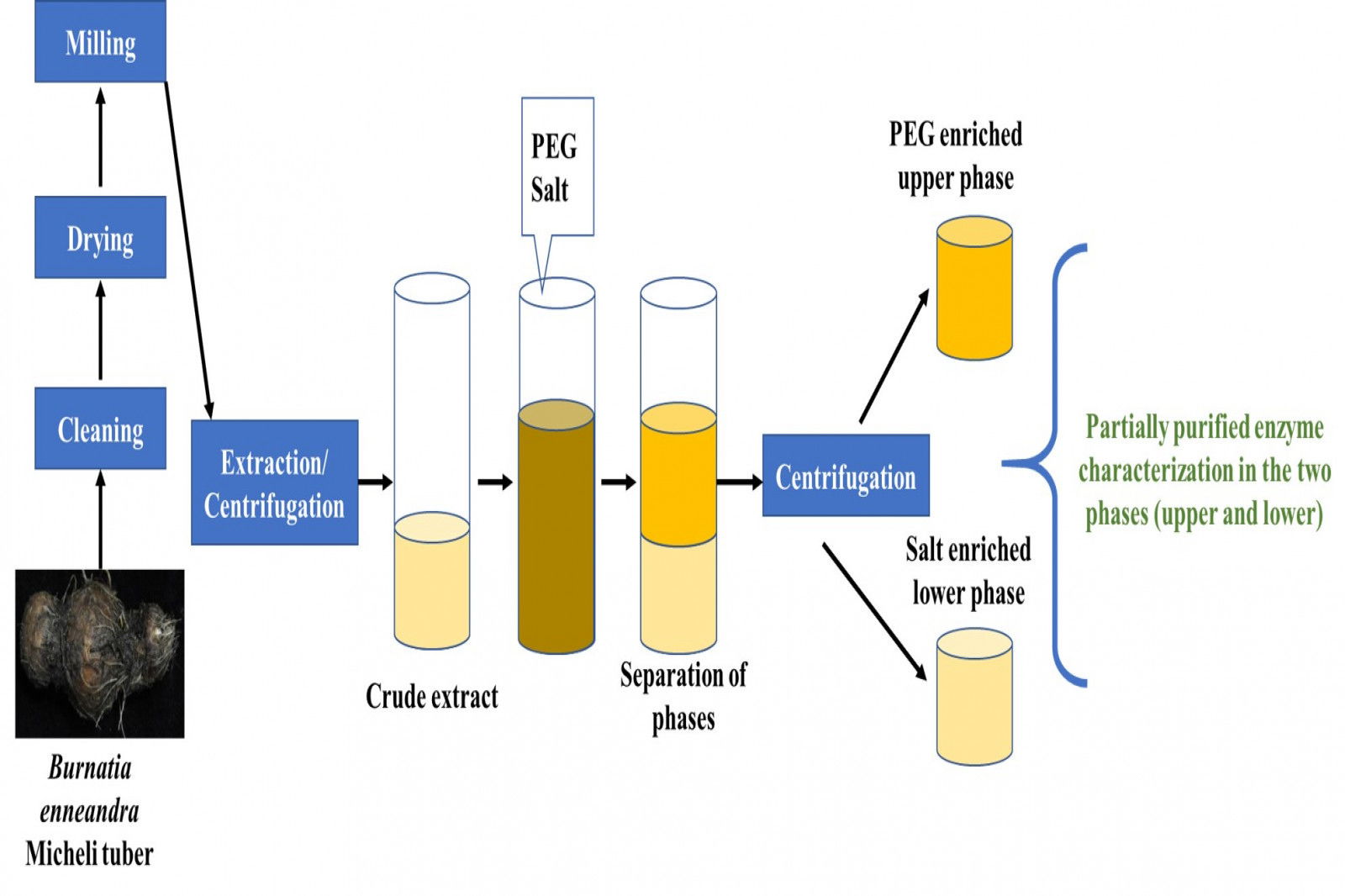

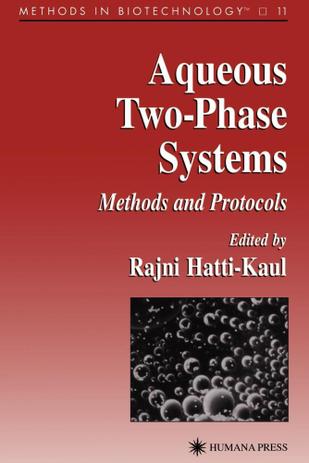

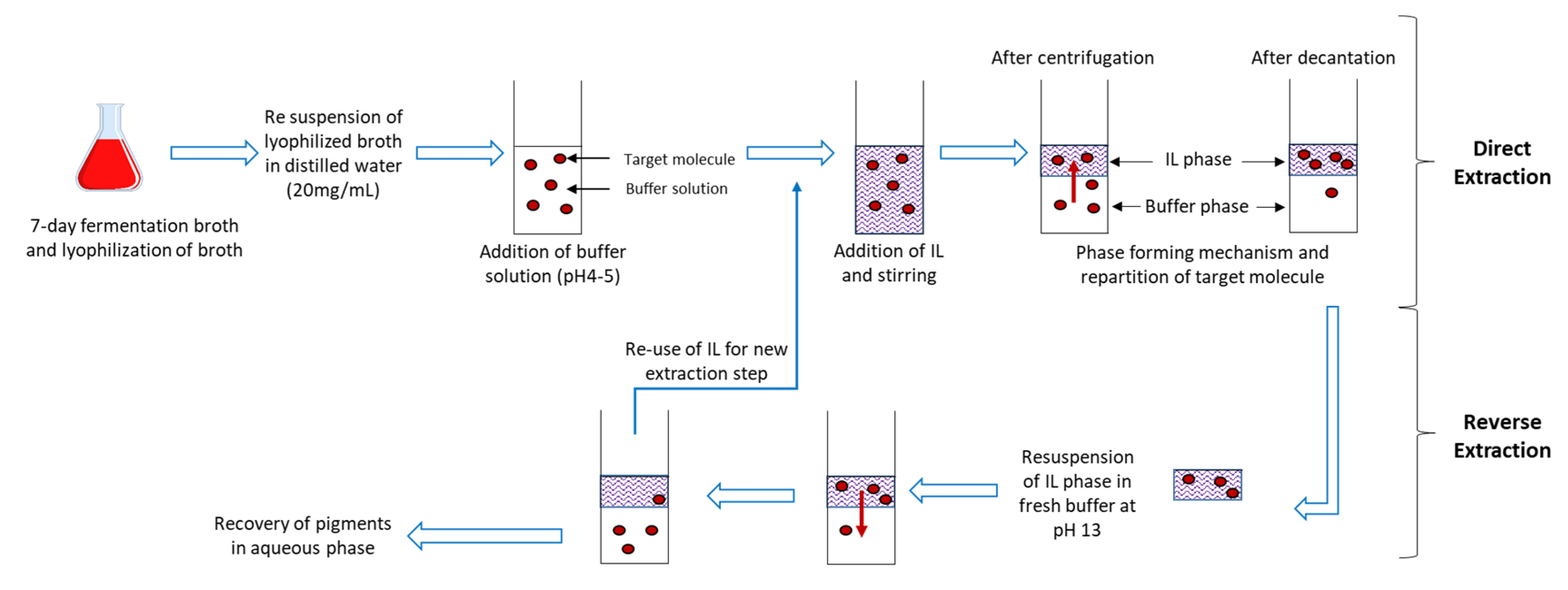





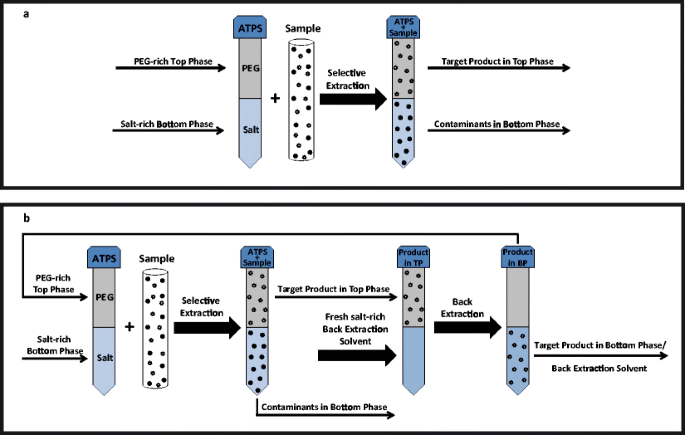
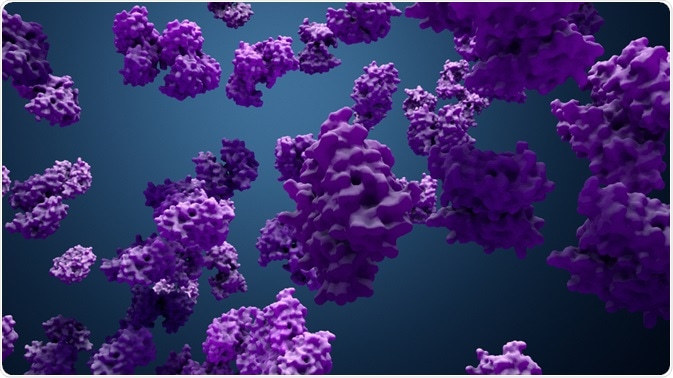
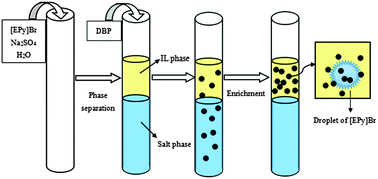




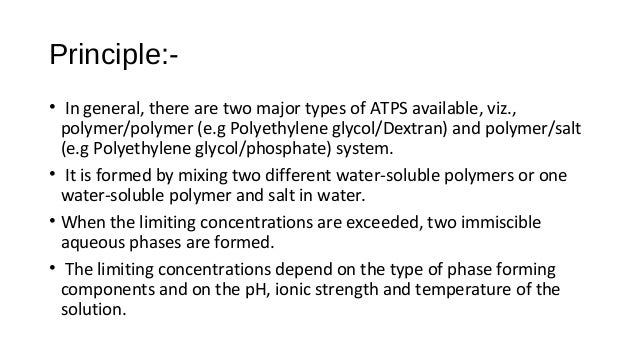
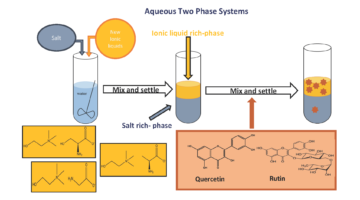
Post a Comment for "Aqueous Two-phase System"